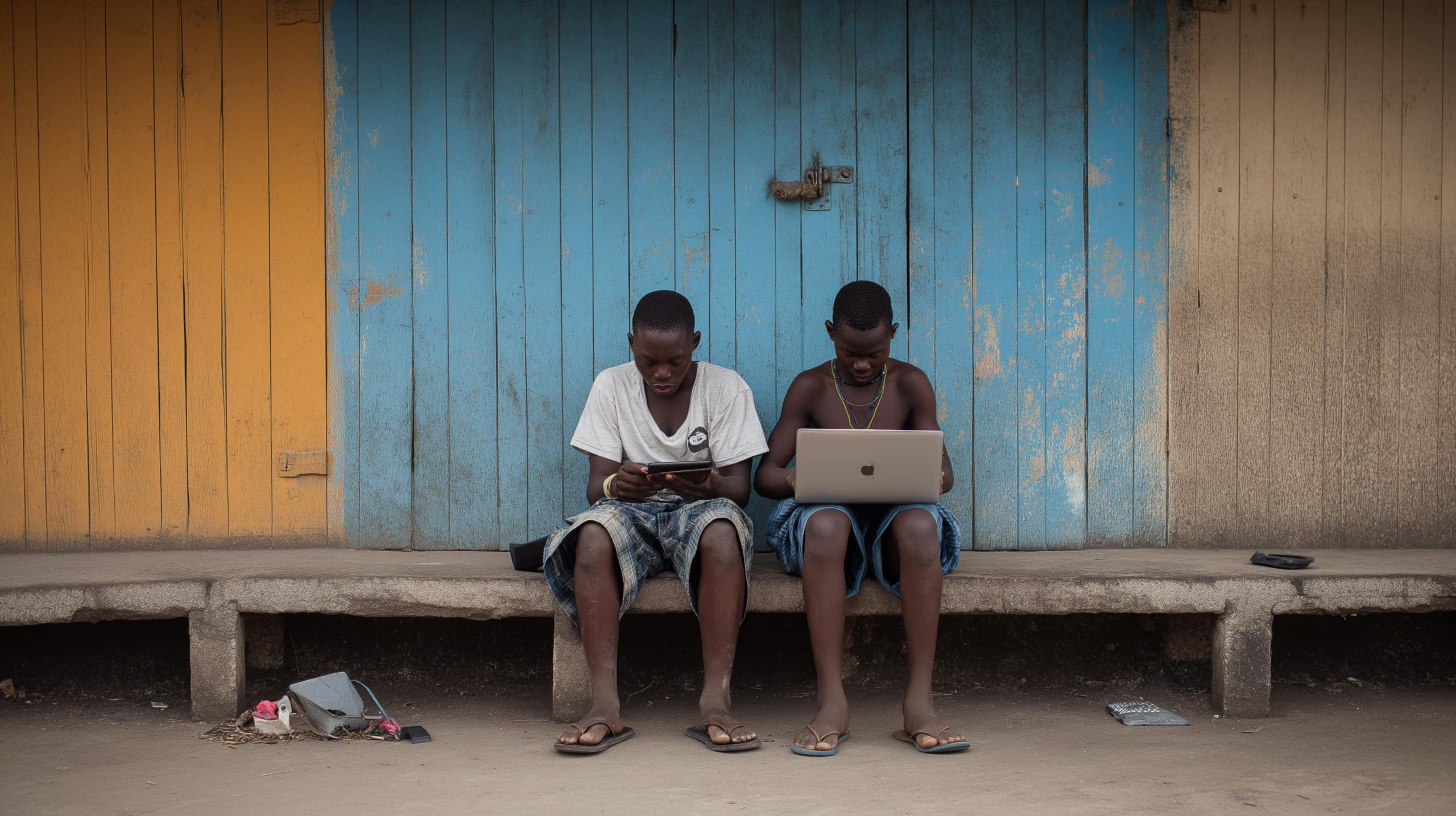
Industrial AI Leaves the Office: How IFS, Boston Dynamics and Anthropic Are Rewiring Frontline Work
Published 27 November 2025 A new phase for AI: from keyboards to kilowatts On 27 November 2025, industrial AI stopped being a slide in a boardroom deck and became something you can literally bump into on the factory floor. Following






